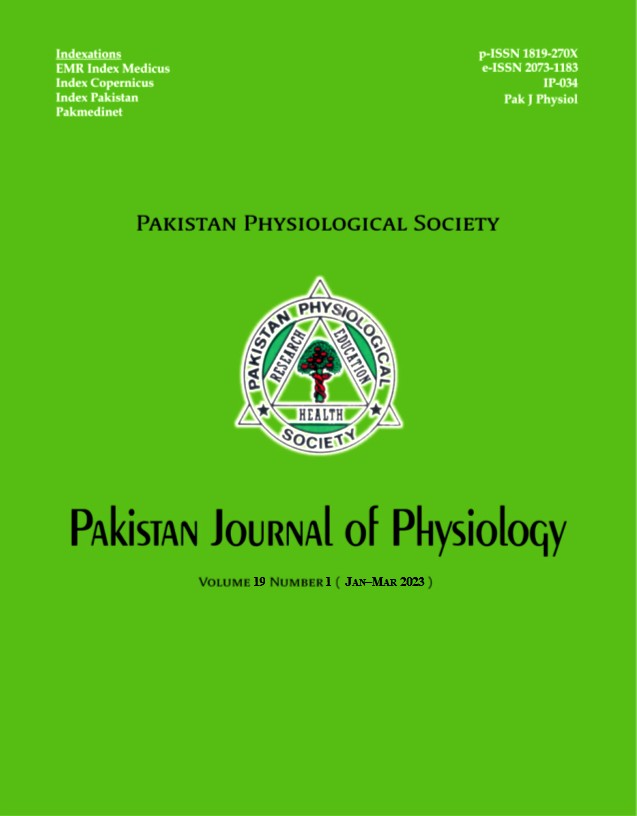CORRELATION OF ANTI-MÜLLERIAN HORMONE WITH LUTEINIZING HORMONE TO FOLLICLE STIMULATING HORMONE RATIO IN PATIENTS WITH SUSPECTED INFERTILITY
DOI:
https://doi.org/10.69656/pjp.v19i1.1433Keywords:
Anti-Mullerian hormone, Luteinizing hormone, Follicle Stimulating hormone, Infertility, LH, FSH, Sub-fertility, FertilityAbstract
Background: Anti-Müllerian Hormone (AMH) is produced by growing ovarian antral follicles. AMH is well correlated with the quantity of primordial follicles in the ovary. This study aimed to see any association of Anti-Müllerian Hormone with Leutinizing Hormone (LH) to Follicle Stimulating Hormone (FSH) ratio in patients suspected of infertility. Methods: It was a cross-sectional study performed in Department of Chemical Pathology/Biochemistry Laboratory Services of Liaquat National Hospital and Medical College Karachi from 1st April 2020 to 31st March 2021. Females aged of 18–50 years with suspected infertility were included. Women having other gynaecological diseases were excluded. Non-probability consecutive sampling was done. Blood was taken during the follicular phase of the menstrual cycle for estimation of AMH, FSH, and LH by Electrochemiluminescence Immunoassay. Data was analysed on SPSS-21. Mean and standard deviation were calculated, and Pearson’s correlation and One-way ANOVA was applied for variables. Result: A total of 103 patients were included in our study, out of which 62 (60%) had abnormal AMH and 41 (40%) had normal AMH levels. With abnormal AMH, we found a mild negative correlation with FSH and LH which are significant (p=0.001 and p=0.01 respectively). Regarding LH/FSH ratio, there was a mild positive and significant correlation with AMH (p=0.03). Conclusion: With low AMH levels, FSH and LH are increased and LH/FSH ratio is reduced. These findings can be used as markers of ovarian reserve in patients with infertility.
Pak J Physiol 2023;19(1):26–8
Downloads
Downloads
Published
How to Cite
Issue
Section
License
The author(s) retain the copyrights and allow their publication in Pakistan Journal of Physiology, Pak J Physiol, PJP to be FREE for research and academic purposes. It can be downloaded and stored, printed, presented, projected, cited and quoted with full reference of, and acknowledgement to the author(s) and the PJP. The contents are published with an international CC-BY-ND-4.0 License.











